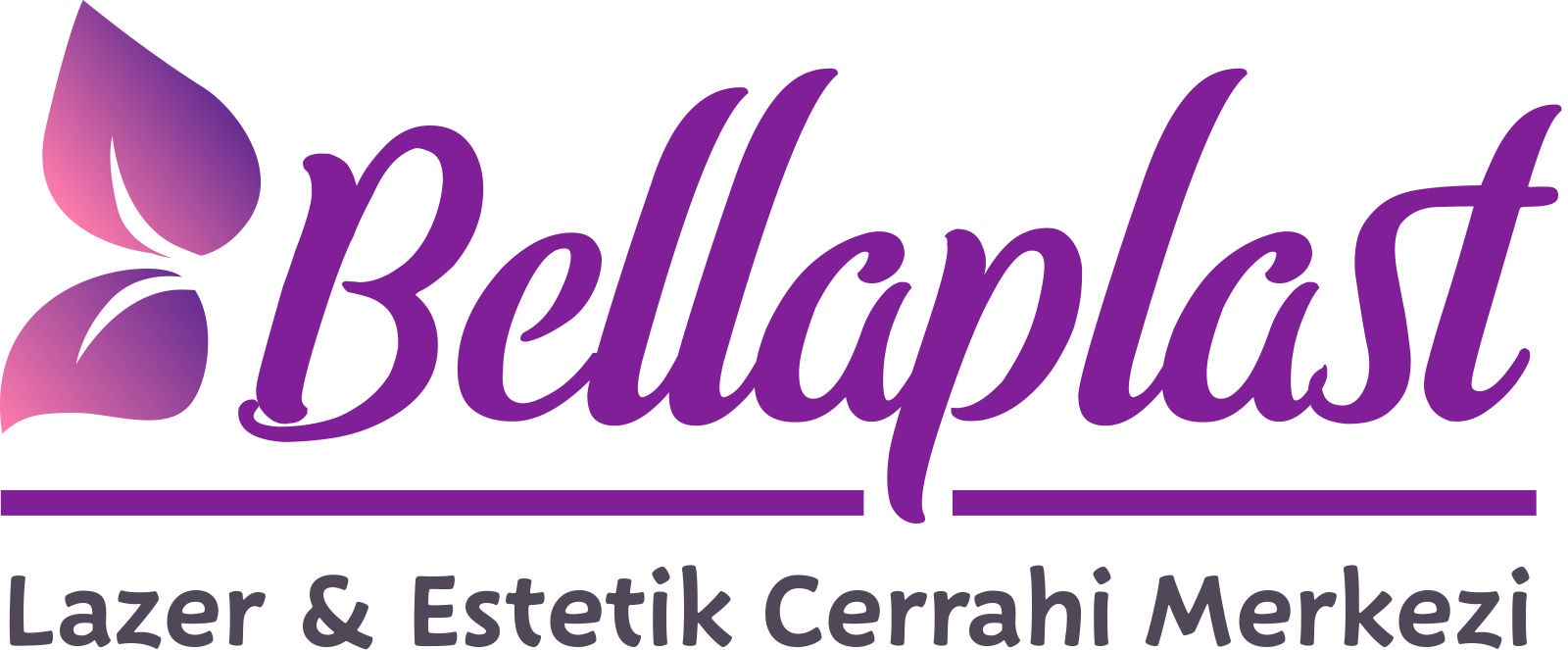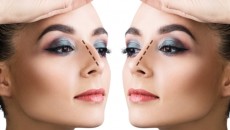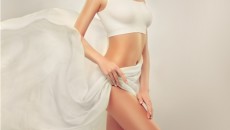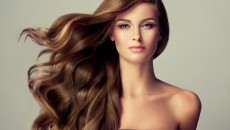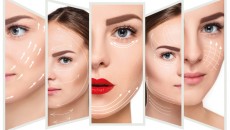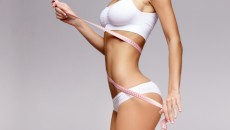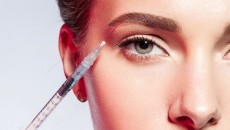Filling Materials
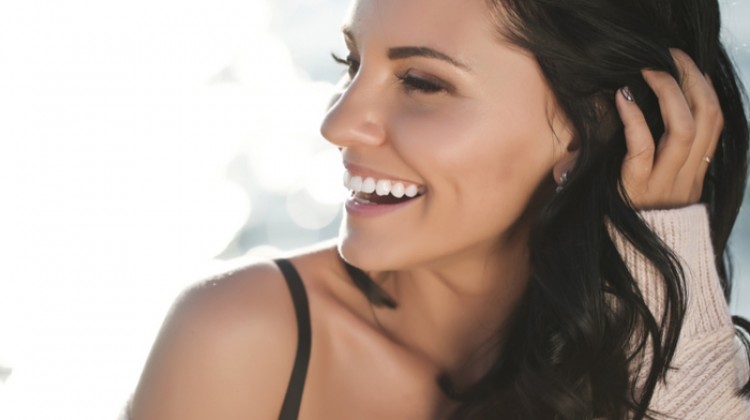
Want to enhance your lips, or get rid of wrinkles?
Facial wrinkles and creases begin to appear as the underlying collagen and elastin fibers begin to break down and wear out. While this breakdown is part of the natural aging process, it can also result from excessive squinting, frowning and smiling. Until recently, the most frequently used material for filling facial wrinkles and frown lines was injectable collagen. However, collagen injections aren’t for everyone. A very small percentage of patients are allergic to bovine collagen.
Botox Cosmetic
Dynamic wrinkles are caused by contractions of the delicate underlying facial muscles every time you smile, laugh or frown. The more emotion you show, the deeper these wrinkles and lines are likely to be. While you may have earned every one of your worry lines, you don’t have to show them anymore.
Now, after extensive testing, Botox Cosmetic is approved by the FDA as a safe and effective treatment for wrinkles and frown lines. The procedure known as cosmetic denervation uses Botox Cosmetic to improve the appearance of worry lines, frown lines, laugh lines, crow’s feet and other dynamic wrinkles.
Botox Cosmetic
Botox Cosmetic blocks impulses from the nerve to the tiny facial muscles that are related to expression lines. Botox Cosmetic relaxes the muscles so they do not contract. After treatment, the overlying skin remains smooth and unwrinkled, while the untreated facial muscles contract in a normal fashion, allowing normal facial expression to be unaffected.
Are Botox COSMETIC treatments safe?
Botox Cosmetic has been used safely and effectively for over ten years to treat many ophthalmological and neurological disorders. Each year thousands of patients receive Botox Cosmetic treatments for a variety of conditions and it is quickly becoming a popular treatment for reversing the visible signs of aging.
What is the treatment like?
Cosmetic denervation with Botox Cosmetic is a simple and safe procedure. Using a tiny micro-needle, a very small amount of Botox Cosmetic is injected, very precisely, into several locations on the face. Because the needle is so fine and only a small amount of liquid is used, the pain associated with the treatment is minimal.
Most patients compare the sensation to a bug bite. No sedation or local anesthetic is required, and you can resume normal activities immediately. You can even drive yourself home or back to the office. Some patients experience a slight temporary bruising at the treatment site. This can be covered with make-up.
Are there any side effects?
Temporary bruising is the most common side effect. In some cases, Botox Cosmetic can migrate and cause a temporary weakness of nearby muscles. In rare cases, there can be a drooping of an eyelid or asymmetry of facial expression. The risk of any side effect depends on the muscles treated. Your doctor will discuss this with you in length before your treatment. Because the effects of Botox Cosmetic are completely reversible, any side effects are temporary, lasting only a few weeks.
What results can I expect?
If dynamic wrinkles make you look older than you are, cosmetic denervation can smooth these out and give you a more youthful and pleasant appearance. However, this procedure cannot improve wrinkles due to aging and sun-damaged skin since they are unrelated to facial muscle contractions. Botox Cosmetic will not improve sagging skin or replace the need for a facelift or brow lift.
What are the limitations of Botox Cosmetic?
Unfortunately, Botox Cosmetic is a temporary solution for the treatment of dynamic wrinkles. The effects last from three to six months. You will need to have treatments about two to three times a year. The early clinical studies indicate that the duration of treatment benefits is increased over time so that you should require Botox Cosmetic less frequently in the future. Also, the duration of effect varies from patient to patient.
Does Botox Cosmetic treat other symptoms?
Yes. Botox Cosmetic has been used for over ten years on thousands of patients to treat blepharospasm associated with dystonia.

